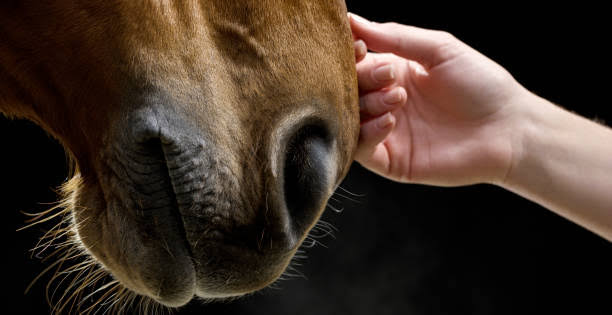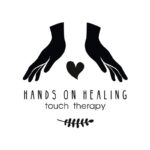What is fascia?
Fascia is the tissue most commonly known as connective tissue. Our bodies as well as our horses are entirely encased in it – it is literally everywhere and it’s what holds us together, keeps everything in place and what allows us to move without falling apart. Through this understanding we can understand that everything in the body is connected to everything. Not quite the same as we are usually taught to think about the body – as if it is separate pieces. Without fascia the body wouldn’t be able to keep our organs in place or our muscles – everything would clatter to the floor, unable to function. There is no muscle in a body that moves 100% in isolation.
Fascia throughout the body connects in such a way as to create various slings or trains. This means that when there is a problem somewhere on the sling/train it can manifest as an issue somewhere completely else that appears to be unrelated.
When the body has to deal with injury, areas that have higher strain on them or tension, fascia in that area will respond by thickening and stiffening as a protective mechanism. Unfortunately this results in imbalance and dysfunction in that area. But since everything is connected it can have untold knock on effects in compensation for that problem area.
What compounds on this is that the body responds to psychological and emotional trauma as well as physical trauma. An emotionally and mentally traumatic event can trigger the same kind of physical response as a physical injury. Fascia responds to a sympathetic nervous system activation by tightening up. Certain things such as the psoas muscle will tighten and stay that way, once again creating compensatory movement patterns and potentially pain as well.
Fascia that is functioning poorly due to restrictions created by the above mentioned things, can have multiple effects on the horse such as bad balance, trouble with lead changes, trouble collecting, reduced flexibility and mobility, predisposition to tendon and ligament injuries, sore muscles (either acute or chronically) and behavioural issues. Other things that can be affected are digestion and suboptimal functioning of the organs.
Treatment through this modality:
This treatment is done by hand using gentle techniques that seek to return the fascia to its optimal state by stimulating the abundant receptors found in the fascia and manually manipulating the tissue. It helps to facilitate rehydration of the fascia, get it to soften up, remove the restrictions, reduce thickening and improve its ability to glide freely over the surrounding fascial sheets and other tissues. This results in an overall better balanced and more comfortable body, pain reduction, positive postural changes and less compensation, as well as assisting and encouraging the body to deactivate the sympathetic nervous system (fight/flight) to be in a more parasympathetic state (rest and digest), thus bringing the body into homeostasis (balance). Emotional and mental trauma is also assisted in release by doing this as the cause of restriction or stiffening may well be because of the body’s response to trauma and the fascia holding onto that physiological response. The entire horse is addressed unless the horse is uncomfortable with that. Nothing is forced and the time a treatment takes is judged intuitively according to what the horse is willing to tolerate.
Myofascia and Fascia – what’s the difference?
Myofascia is fascia. But it is only fascia which is directly encasing muscle. Muscle does not and cannot exist without its myofascia. However fascia does exist in the body without being part of muscle, such as visceral fascia that encases our organs.
Contact us to book

